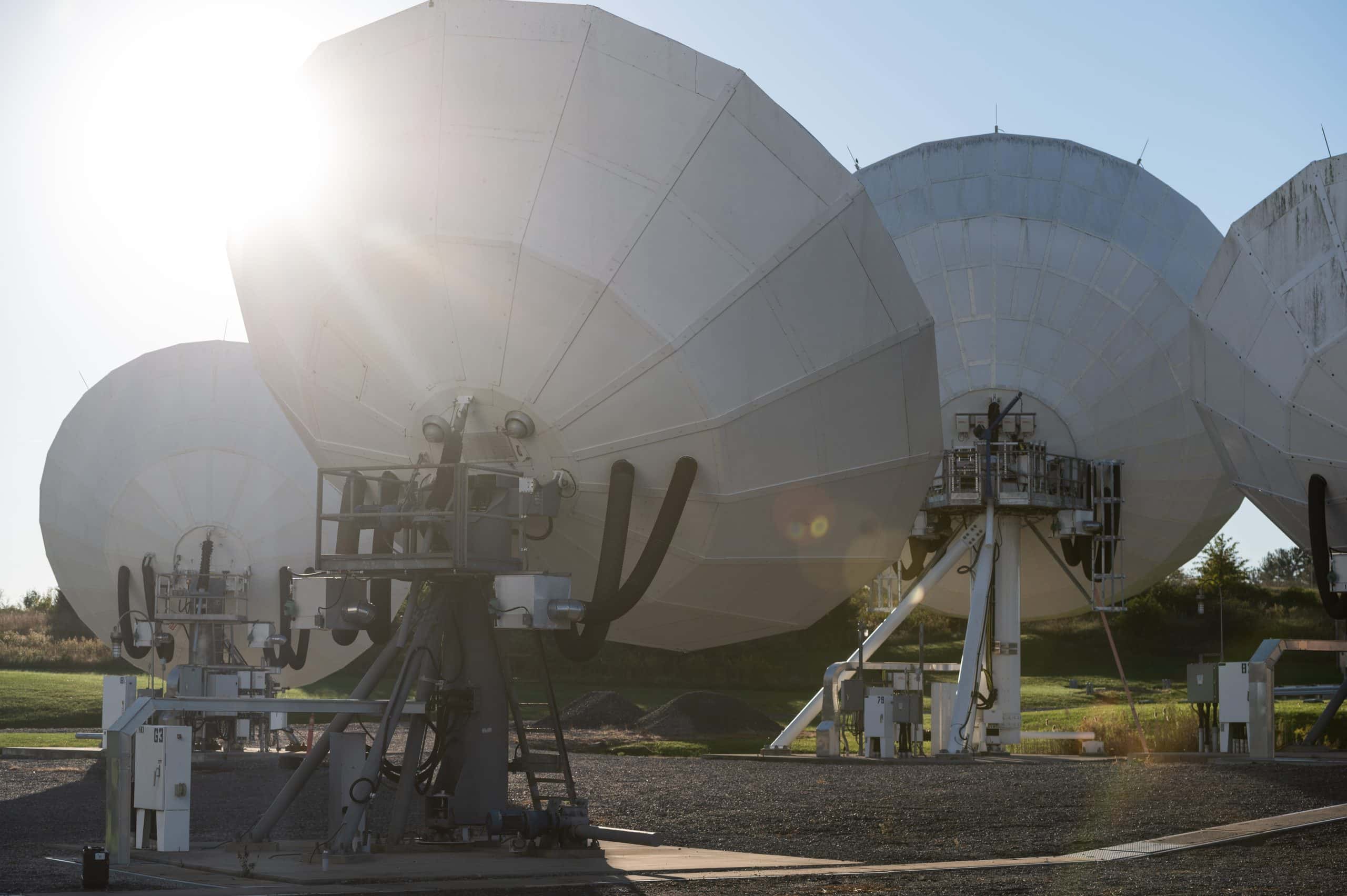
The C-band Challenge
Next generation mobile networks require more throughput and more spectrum
As mobile networks evolve to the fifth generation (5G), demand for higher throughput and higher reliability is increasing. Regulators are seeking ways to bridge the reach and reliability of lower bands to the higher throughput of upper bands. Falling in the “mid-band,” C-band frequencies (3.4 – 4.2 GHz) are seen as an attractive solution.
What does this mean for C-band?
Satellite operators have been using C-band, typically above 3.6 GHz, to provide essential services for more than 50 years. Reallocating portions of this spectrum for 5G use can present challenges to multiple FSS customer sets. Because C-band offers high availability and resilience to weather interference, it is ideal for:
- Broadcasting
- Air Navigation
- Meteorology
- Emergency Response
- Mobile Backhaul
- Mission Critical VSAT
Most C-band antennas are unregistered leading to false perceptions of unused capacity
Because these networks tend to be receive-only, in many parts of the world regulators do not require C-band antennas to be individually licensed or registered. This lack of registration can lead some to erroneously conclude that C-band capacity is unused or underutilized.
BOTTOM LINE: Reallocation of C-band FSS frequencies for 5G use must be carefully done to avoid negative impacts to incumbent FSS users, which can affect critical infrastructure as well as national economies.

How to Protect Your C-band Business?
Protecting FSS while accommodating the need for new frequencies for 5G mobile networks requires a balanced approach. In some cases, FSS operations below a certain frequency can be relocated to higher bands, though this is not always possible in every region or on every satellite. In all cases, two key things are needed to ensure protection of vital C-band FSS communications when 5G frequencies are allocated in C-band:
- Bandpass Filters: FSS receivers are designed to receive faint satellite signals from 36,000 km above the equator and are overwhelmed by the much higher terrestrial transmissions of 5G base stations. Bandpass filters are needed to mitigate saturation of the Low Noise Amplifier / Block-downconverter (LNA/LNB) of the satellite earth station. Intelsat’s White Paper, “Technical Compatibility Challenges Between Fixed Satellite Service and 5G in C-band” has more details.
- Setting Limits on 5G operating parameters: Out-of-band emissions (OOBE) result from the very strong 5G signal bleeding over into FSS operations, even with filters installed. Mobile network operators (MNOs) have several means available to manage OOBE, including using lower transmit power levels for the base station. Our white paper, “Technical Compatibility Challenges Between Fixed Satellite Service and 5G in C-band” has more details.
Additionally, including a guard band to separate 5G signals from FSS signals allows both of the above tools to work better. In the example of the United States proceeding, a 20 MHz guard band is used; other countries may opt for a larger guard band.
Spectrum Activity Around the Globe
Intelsat is actively monitoring and participating in discussions regarding worldwide spectrum activity. The map below highlights countries where regulators have made decisions about or are discussing allocating C-band frequencies for use by 5G MNOs. (For further details about the spectrum clearing process underway in the United States, please visit https://intelsatcbandtransition.com/)

Technical Resources
White Paper: Technical Incompatibility Between C-band and 5G
Prior to allowing terrestrial mobile services in any segment of the 3400-4200 MHz band range, technical rules must be adopted to ensure C-band FSS operations are protected. This white paper addresses the specific mitigation techniques required which are based on various factors, including the extent to which C-band earth stations are deployed in a country or region, whether the earth station locations are known or not known, and the operational parameters of the mobile service and its planned deployment. It is incumbent upon each regulator to analyze the use of C-band spectrum and establish and implement mitigation techniques to ensure current and future C-band FSS services can continue to operate and thrive.
Recommended Filter Specifications
Intelsat has created recommended filter specifications for various C-band ranges in order to protect C-band FSS earth station receivers from LNA/LNB saturation. These recommended spec sheets may be shared with vendors to ensure the appropriate filtering is applied to earth station receivers based on regulatory activity in various countries.



